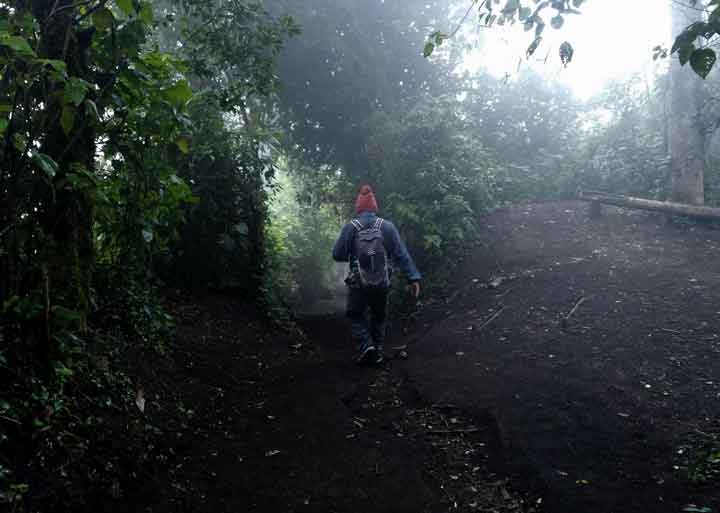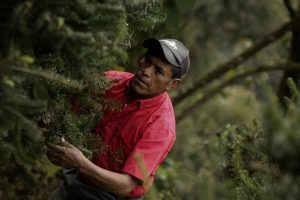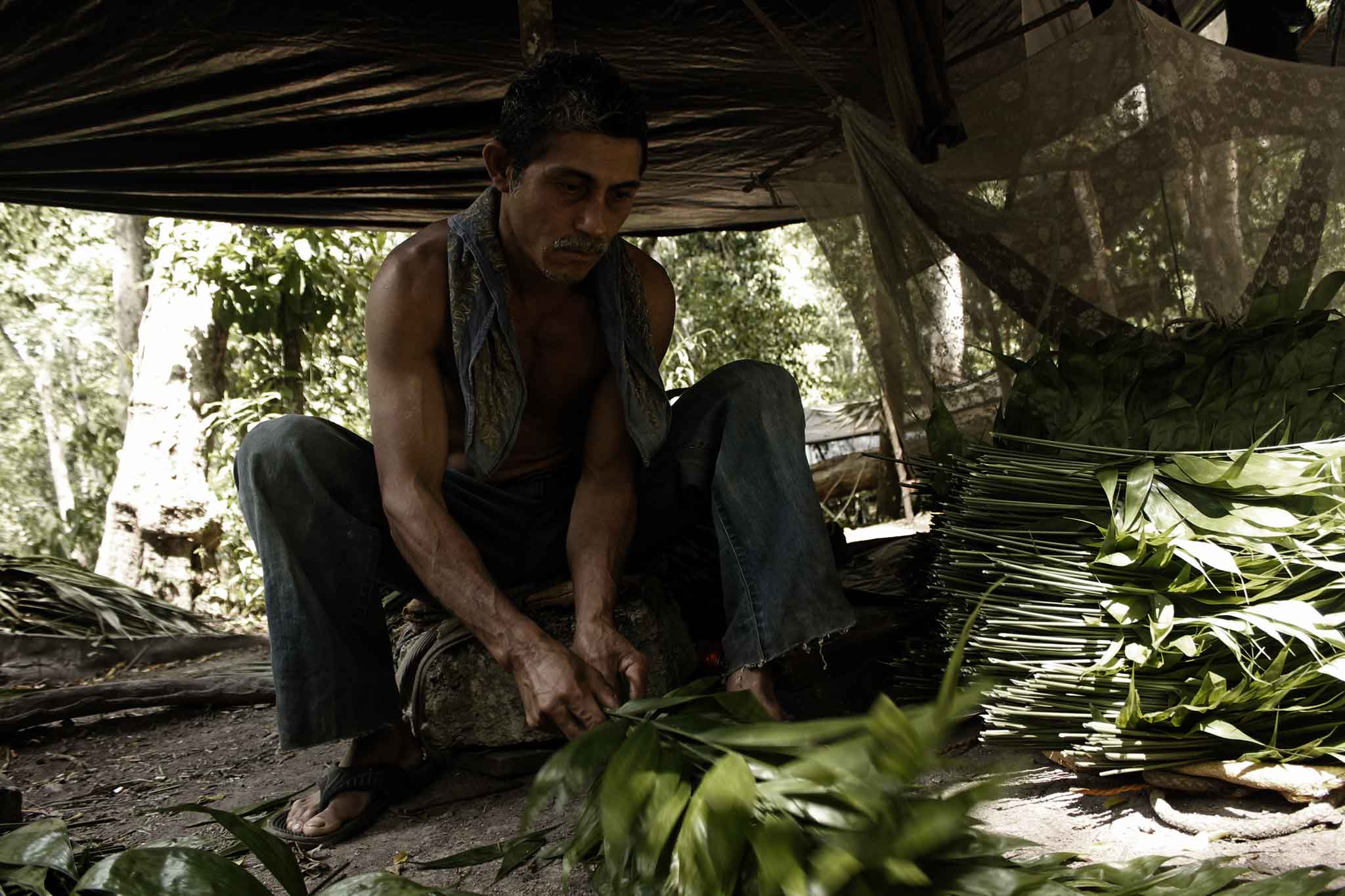Sustainability and its different meanings
“Sustainability” is a term that encompasses so many concepts. that could even lead to misinterpretations and misguided practices that damage the natural ecological balance. There was a time when science, for example, considered that the conservation and sustainability of natural areas went through isolating ecosystems from people.
Today, fortunately, the trend is to consider the communities, who are indigenous in the majority of the cases, and live within the natural areas, the main guardians and benefactors of the resources, through sustainable extraction practices.
An example of this could be what happens in the north of Guatemala, where there is a model based on the concept of sustainable management, in which several communities take advantage of natural resources, such as wood and xate, without meaning the degradation of ecosystems. Part of the success of this model is due to the fact that there are other non-extractive activities, such as tourism, that allow the sustainable development of people.
In Central America, tourism is shown as a striking and effective alternative to generate economic and community development. Although their economies are still based on agricultural activities and the export of raw materials, such as coffee, sugar and seafood, to name a few, tourism has positioned itself as the second generator of foreign exchange in the region. It is so important that it represents, according to Forbes, 5% of the GDP of the Central American economies (in Belize it is 20% and in Panama 12%).
But, as important as it is, it must be done in a sustainable way, while generating a real benefit for communities and rural areas, which are the ones that most attract tourists through landscapes, contact with nature and cultural and historical heritage. “Provide support to local economies, without generating a negative impact on the natural environment.” That is, for Airam López, a biologist and conservationist, what sustainability must provide, from the point of view of conservation and development. “Visiting the communities generates an economic and of well-being exchange. When arriving at a (natural) place, we must do it with a positive mentality and avoid a negative impact of the visits we make,” she added.
Due to the impact of COVID-19 on global tourism, the reconceptualization of the sector, from both an industry and a traveler point of view, towards more sustainable practices, could help accelerate the reactivation process that so many countries yearn for. According to data from the World Tourism Organization (UNWTO),in 2020, tourism activity fell by 22% on a global scale in the first quarter.
“It is by far the worst result in the historical series of international tourism since 1950 and would put an abrupt end to ten years of sustained growth since the financial crisis of 2009,” says UNWTO.
For the Central American isthmus, the projection is that the fall in the sector will be 15%, but only in the month of March it was 43%.
What does sustainable travel entail?

After the pandemic, travelers will choose to travel to places that support sustainability and promote the resilience of peoples. Photo: Jorge Rodríguez/Viatori
Tourism is obviously one of the sectors that most longs for normality far from pandemics and viruses. In that matter, travelers are now beginning to base their consumption on products and services that respect natural life and promote its protection and good management.
To help understand public perception, National Geographic conducted a survey, which showed the strong support that travelers from the United States show towards everything related to sustainability. This is of great interest to the Central American tourism industry, since the US is where most of its international tourists come from.
“One of the reasons we embarked on this study was to gain a better understanding of what consumers really want, and what kinds of sustainable practices matter to them,” said Gary Knell, president of National Geographic Partners. One of the most relevant results was that 50% of the people interviewed, and who showed greater interest and knowledge about sustainability, are young people between 18 and 34 years of age.
Of them, who understand the concept of sustainable tourism, 56% are aware of the impact that tourism has on local communities, as well as the importance of protecting natural and cultural sites.
Another factor that the industry must consider is the desire to support initiatives that support the resilience of communities, both in terms of conservation of natural resources, as well as against the effects of climate change.
The pandemic made it clear that rural communities and indigenous peoples are the most vulnerable to the outlook that paints the future, so it is important to adopt mechanisms that allow the strengthening of their capacities in the face of what may come.
Economic, social and natural balance

Silvicultural management is applied in some agroforestry areas, as a sustainable extractive model, which benefits both communities and natural life. Photo: Jorge Rodríguez / Viatori
“You could ask yourself every day if what you are doing is responsible with the environment, if it is responsible with society and if it is economically responsible,” said Luisa Zea, a Guatemalan tour operator, in an interview with Viatori.
The effort, according to Zea, must be aimed at understanding, at a governmental, business and personal level, that what we do on a day-to-day basis influences more than we believe. “It’s not just taking for ourselve. It’s not just winning and accumulating wealth for me,” she added.
And as National Geographic suggests, tourism is the path that many countries, and their communities, take to generate development, protect heritage and strengthen adaptability to the effects of climate change. “Tourism is an opportunity to change the economics of protected areas and the people who live within them. Historically, communities depend on the extractiveness of resources, such as timber, agriculture and fishing,” said Matt Humke, another tour operator based in Antigua Guatemala. According to him, for tourism to become a sustainable tool for development, people must “reduce its impact” on natural areas, but also implement activities that generate economical”resources for the support of local communities.”
To achieve this, the role of the States is key. There must be an equitable investment in rural areas, in infrastructure, health and education, as well as in the personnel that supports the care of protected areas. In Costa Rica, the government investmented funds from an Environmental Debt program between the Central American country and the United States. Guatemala and Honduras are about to sign agreements for the sale of carbon credits to the World Bank, which will allow them to continue caring for important forested areas, and its consequent benefit for the communities that inhabit them.
“We work with the communities so that the use of resources is in a more orderly manner,” said Julio César Interiano, conservation technician with the National Council of Protected Areas (CONAP) of Guatemala. This is done, since the value that natural resources represent for the communities is recognized, so they are instructed so that they can do it in a “more efficient way” and have a “more adequate management, and not exploit them in a excessive “.
